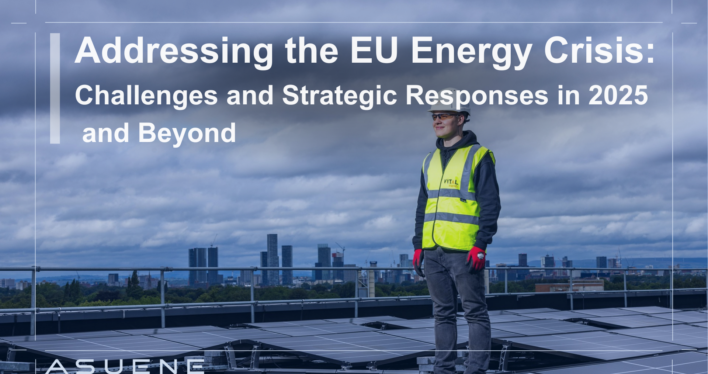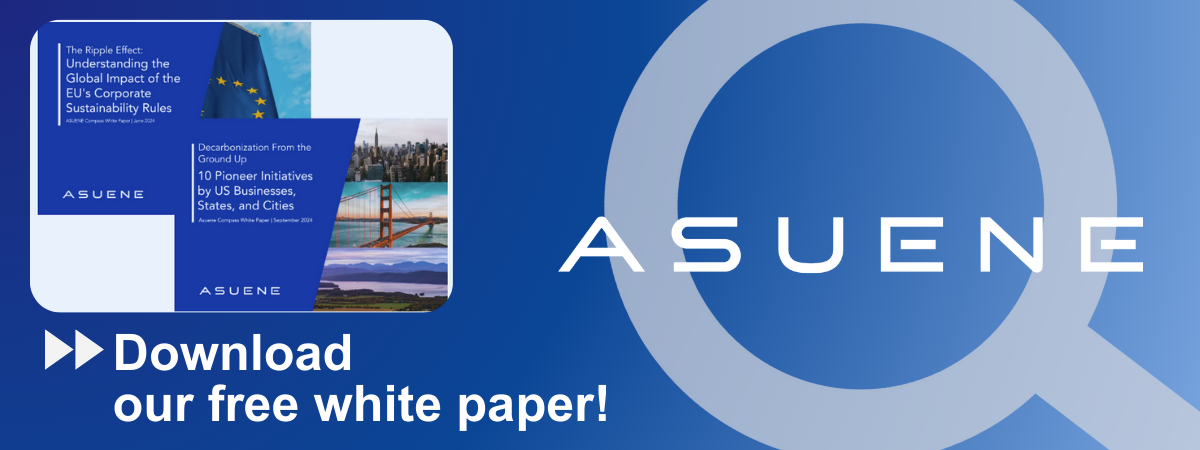- Article Summary
-
Overview: Understanding the Roots of the EU Energy Crisis
The EU energy crisis is the product of intertwined geopolitical shifts, structural energy dependencies, and an ambitious decarbonization agenda. Historically, Europe has been heavily reliant on imported fossil fuels, particularly natural gas from Russia, which accounted for more than 40% of its gas supply before 2022. The geopolitical rupture triggered by Russia’s invasion of Ukraine in February 2022 acted as a catalyst, turning a pre-existing vulnerability into an acute crisis.
Supply constraints led to skyrocketing energy prices, triggering widespread inflation, industrial slowdowns, and mounting social unrest across the continent. This crisis exposed Europe’s fragile energy infrastructure and its overreliance on volatile global energy markets. Simultaneously, it highlighted the critical need to accelerate the transition to renewable energy sources while ensuring energy security and affordability.
The EU faced a triple challenge: securing reliable energy supplies, mitigating the economic fallout of energy price spikes, and staying on course to meet its climate goals. These complexities define the backdrop against which the EU’s energy strategies in 2025 and beyond must be evaluated.
The Multi-Layered Challenges Facing the EU Energy Sector in 2025
Despite initial resilience, the EU continues to face structural and systemic hurdles in stabilizing its energy ecosystem.
Supply security remains a central concern. Diversifying energy imports is still a challenge. While liquefied natural gas (LNG) imports from the U.S. and Qatar have increased, infrastructure bottlenecks and global competition for supply limit the EU’s flexibility.
Price volatility also persists. Although prices have cooled since the 2022 peak, wholesale markets remain susceptible to shocks. Energy-intensive industries are particularly vulnerable, facing increased operational risks that threaten their global competitiveness.
The grid itself presents another major challenge. The rapid expansion of decentralized renewables has outpaced investments in grid modernization. Many national electricity systems are ill-equipped to handle fluctuating inputs from solar and wind energy, creating instability and inefficiencies.
Energy poverty is an escalating issue. The burden of high energy costs disproportionately affects low-income households. While short-term subsidies have provided temporary relief, long-term solutions for equitable energy access remain elusive and politically complex.
Industrial competitiveness is under pressure. Persistent high energy costs risk deindustrialization, as manufacturers consider relocating to regions with cheaper and more stable energy. Without reforming its energy pricing mechanisms, the EU’s position in global markets could deteriorate.

Strategic Policy Responses: The EU’s Multi-Pronged Approach
In response to the crisis, the EU has initiated a comprehensive policy overhaul, combining emergency measures with long-term strategic shifts.
REPowerEU, launched in 2022 and significantly expanded by 2025, aims to end EU dependence on Russian fossil fuels by 2027. It emphasizes energy savings, diversification of energy supplies, and a massive scale-up of renewables.
The Fit for 55 Package includes updated targets for 2030, aiming to reduce greenhouse gas emissions by at least 55% from 1990 levels. This goal is supported by reforms to the EU Emissions Trading System (EU ETS) and increased carbon pricing to internalize the true cost of emissions.
Carbon Border Adjustment Mechanism (CBAM), now in its transitional phase, will be fully operational by 2026. It imposes carbon tariffs on imports, protecting EU industries from carbon leakage while encouraging global climate action.
Green investment acceleration is another cornerstone. The EU Innovation Fund, InvestEU, and the Green Deal Industrial Plan are channeling public and private capital into energy infrastructure, green technologies, and clean hydrogen, with the aim of fostering sustainable growth and job creation.
Infrastructure modernization is well underway. Key projects include the development of cross-border electricity interconnectors to improve regional energy security, the digitalization of grids to enhance efficiency, and the establishment of a hydrogen backbone network across Europe to support next-generation clean fuels.
How the Crisis Is Transforming Europe’s Energy and Climate Future
The energy crisis has catalyzed a faster-than-expected transformation of Europe’s energy model.
Renewable energy capacity has surged. Solar and wind installations reached record levels in 2024, and the EU is now on track to achieve over 60% renewable electricity by 2030. This growth is driven by government auctions, subsidies, and corporate Power Purchase Agreements (PPAs), which are fostering private sector engagement.
Nuclear energy and hydrogen are also gaining prominence. France is expanding its next-generation nuclear fleet, positioning it as a stable low-carbon energy source. Meanwhile, Germany and other member states are investing heavily in green hydrogen as a flexible energy carrier and key industrial input.
There is notable regional divergence across the bloc. While Nordic countries are leading in electrification and smart energy systems, Southern and Eastern Europe continue to grapple with legacy fossil infrastructure and slower adoption of green technologies.
Technological innovation is rapidly reshaping the sector. AI-driven grid optimization, smart meters, and decentralized storage systems are becoming standard. Investments in battery gigafactories and energy management platforms are enabling better load balancing and peak demand control.
Geopolitical realignment is another outcome of the crisis. Europe is forging new energy partnerships with countries such as Norway, North Africa, and the U.S. These alliances aim to reduce vulnerability to single-source dependencies and to establish more resilient, diversified supply chains.
Conclusion: Towards a Resilient, Green, and Just Energy Transition
The EU’s response to the energy crisis has demonstrated both its institutional agility and the societal resolve to transform adversity into opportunity. By integrating climate ambition with energy resilience, the bloc is laying the groundwork for a more sustainable and equitable future.
However, significant challenges remain. Ensuring that the transition is just and inclusive will require deeper engagement with vulnerable communities and consistent policy coherence across member states. Moreover, sustaining investor confidence in the green transition will depend on regulatory clarity and market stability.
As the world watches, the EU’s experience offers valuable lessons on how to align decarbonization with energy security in an era of geopolitical turbulence. In 2025 and beyond, Europe has the potential not only to overcome its energy crisis but to lead a global clean energy revolution.
Why Work with ASUENE Inc.?
Asuene is a key player in carbon accounting, offering a comprehensive platform that measures, reduces, and reports emissions, including Scope 1-3, with expertise in decarbonization. Asuene serves over 10,000 clients worldwide, providing an all-in-one solution that integrates GHG accounting, ESG supply chain management, a Carbon Credit exchange platform, and third-party verification.
ASUENE supports companies in achieving net-zero goals through advanced technology, consulting services, and an extensive network.


